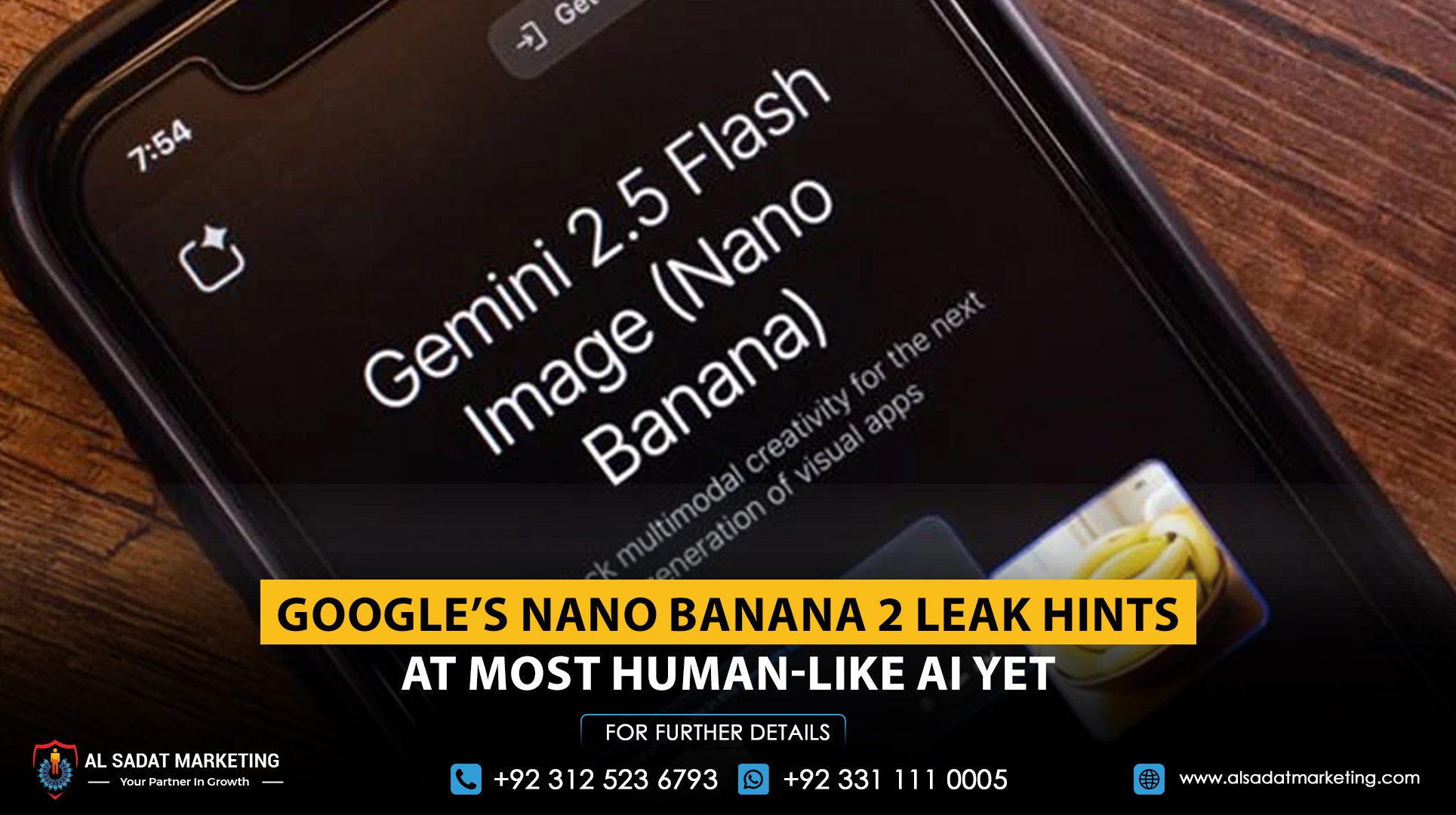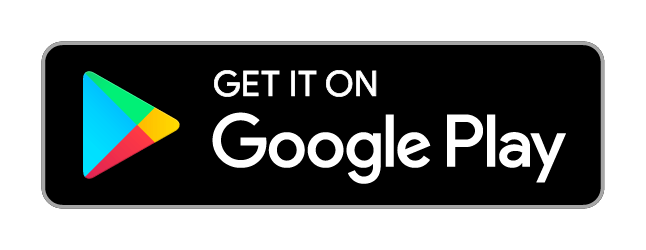Google is preparing to introduce Nano Banana 2, a new generation of its AI image generator, through the Gemini app. The update is expected to bring a noticeable improvement in how AI creates and refines images, moving closer to the way a human artist works. Early previews shared on social platforms show that the model will not simply generate a final image in one step. Instead, it will plan, review, and correct its own output before producing the final result.
This multi-step process allows the AI to improve accuracy and reduce common mistakes seen in current image models. The system appears to break down a prompt into smaller tasks, adjust proportions, fix perspective, and enhance details step by step. This marks a shift from fast but imperfect image generation to a more thoughtful creative workflow.
Nano Banana 2 also aims to give users better control over angles, lighting, and color tone. One notable improvement is the ability to edit or replace text inside an image without distorting the surrounding visuals. This is an area where many existing AI generators still struggle, often blending or warping the text into the scene.
The first Nano Banana model gained popularity for producing realistic “action figure” style images of real people, which quickly spread across social media. The second version appears to push that realism further, with more consistent character faces and sharper scene detail, making the results look more natural and less artificially generated.
What sets Nano Banana 2 apart is its self-correction ability. Instead of waiting for user feedback to fix errors, it identifies problems during the generation process and adjusts automatically. This approach suggests a broader shift in Google’s AI research, developing systems that can reason about their work rather than simply output results based on patterns.
Google has not yet confirmed the release date, but the leaked previews suggest the update could arrive soon as part of a Gemini app rollout. If performance matches expectations, Nano Banana 2 could become a significant competitor in the rapidly evolving AI image generation space.










